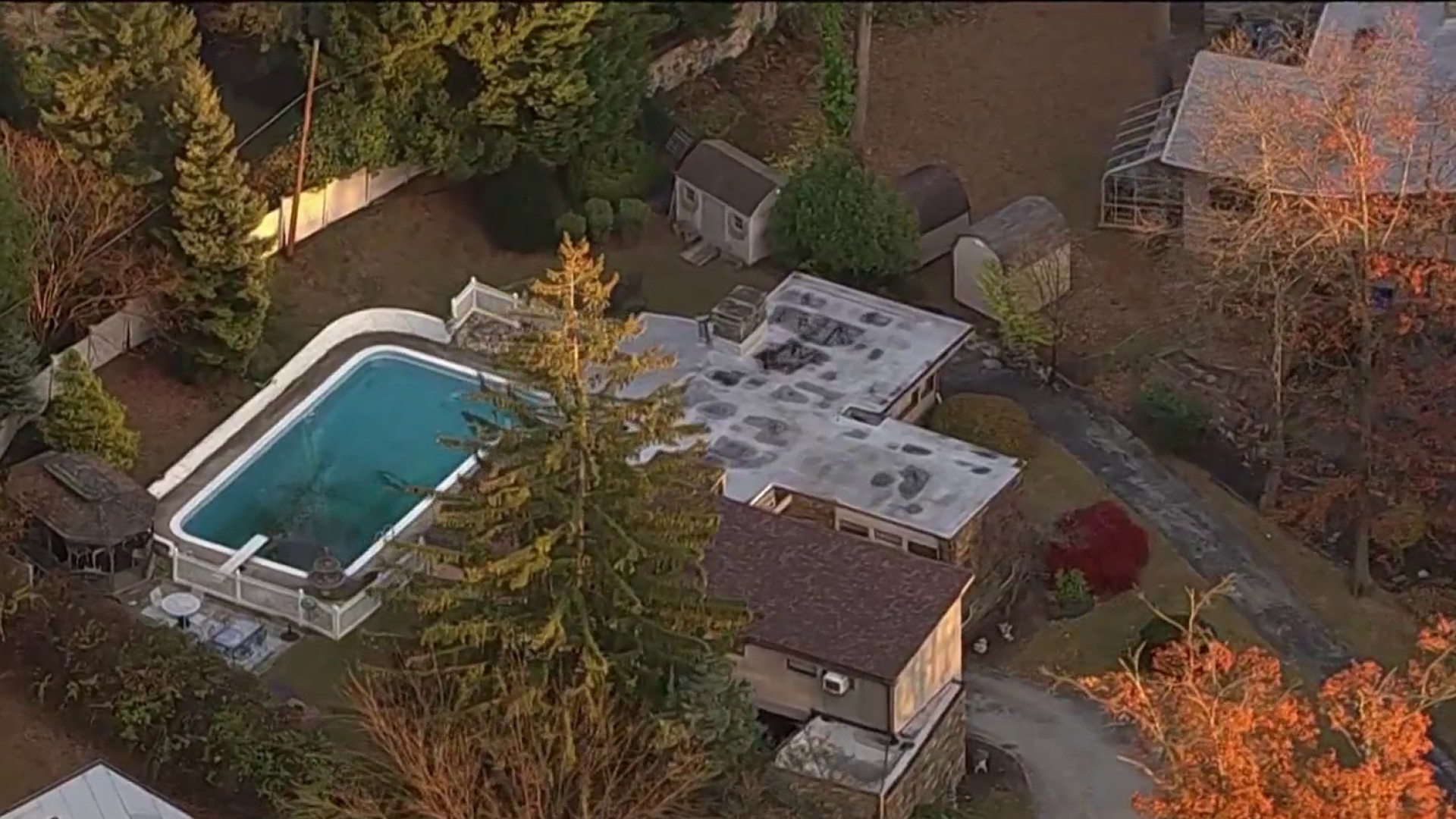An annual invasion that brings swarms of not only butterflies but butterfly lovers to the southern tip of New Jersey has been underwhelming this year.
Why?
"The butterflies are just traveling in a different pattern so people aren’t seeing them in the usual way," said butterfly expert Chris Tonkinson with the non-profit Monarch Monitoring Project.
From the beginning of September through mid-to-late October, Monarch butterflies are a common site and attraction in Cape May during their migration south after spending the warm summer months in Nova Scotia, Canada.
Tonkinson explains why Cape May Point is so enticing to monarchs and many other species of birds and butterflies.
"It’s not just that we’re on a trajectory, it’s that there’s a lot of food around here typically."
But this year there are far fewer orange, black and white insects gathering in Cape May.
The Cape May-based Monarch Monitoring Project, which is a subsidiary of the New Jersey Audubon Society, keeps track of the flying critters. They sum up this season with their most recent blog post:
The Scene
"Our promising morning turned into an OK, but not spectacular day for the migration of monarchs through Cape May," wrote Mark Garland Thursday.
The season in general just hasn’t been a good one for butterfly watchers and some weeks rank among the worst on record. In the last week of October there were only about 22 monarchs spotted per hour, down from more than 442 during the same time period last year, according to observations compiled by MMP. The total is the fourth worst for that week since MMP started compiling information in 1992.
“There are many factors that influence from season to season whether butterflies are abundant,” said Tonkinson.
Those factors can range from climate to food sources to winds to human effects on their environment. It’s also possible that the monarchs stay high up in the air where they aren’t as visible. The colorful and graceful butterflies start their journey leaving Mexico in March. They typically make it up to Nova Scotia by mid-June then they begin to head back down in mid-August.
"What they do is they lay down successive generations. It’s not the same butterfly that leaves Mexico that arrives in Nova Scotia. It’s many different generations along the way,' Tonkinson said.
Earlier this year, conservationists in Mexico said that illegal logging over the past decade has degraded the monarchs’ nesting grounds in Central Mexico. The deforestation has toppled nearly 5,000 acres despite years of warnings including former Mexican President Felipe Calderon saying there would be a "zero tolerance" policy on the practice.
The monarchs face challenges not only at their origina byt along the entire journey as well.
"Most of these insects -- butterflies included -- their cycle is keyed into the temperature fluctuations and when flowers bloom," Tonkinson said.
"It might take longer for them to mature and emerge depending on if it’s too cold or too hot."
The wet spring and early summer didn't help either.
"Most butterfly species do well in dry climates and in dry weather, that’s when they prosper," Tonkinson said. "We’ve had a lot of wet weather early in the season so that probably has affected the population for most butterflies, not just monarchs.”
Food isn't that big of a problem for monarchs but they need a specific plant to plant eggs on that is becoming less abundant.
“One of the main stress factors in the U.S. on their migration is the lack of milkweed,” Tonkinson said. “Milkweed plant is their host plant and they need that to complete their life cycle. More and more with engineered farming and agriculture -- because things are genetically modified -- they’re eliminating a lot of these plants that normally would be considered roadside weeds."
Butterfly enthusiasts along the path plant Milkweed to help the monarchs along, but even then some seasons can be hurt by weather factors.
"In year’s past we’ve had more steady temperatures for the season… now temperatures fluctuate unpredictably in any season," Tonkinson said.
On their way south, the butterflies gather in Cape May because it’s a peninsula with plenty of food for the insects and the opportunity to lay eggs while they wait for the weather to be just right to cross the 20-mile span of water.
"The reason why they are visible here is that if the weather isn’t right when they arrive at this point then they will wait here until it is right… they tend to group up at this point," Tonkinson said.
Despite the lackluster season, Tonkinson says it’s not all doom and gloom.
"What’s going on with their population (is) normal as opposed to problematic," Tonkinson said.
Despite fewer being in number, the butterflies that are in Cape May right now still delight insect fans and entomologists alike.
"They are very graceful fliers… Monarchs have a beautiful flight," Tonkinson said.
Anyone interested in going to Cape May to see the monarchs or learn more about them can contact the MMP and/or follow their monarch blog.



